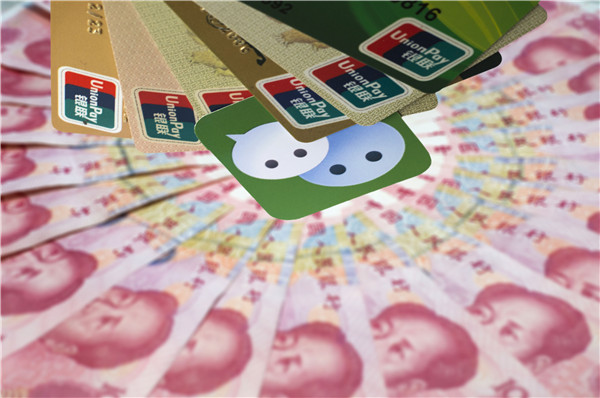 |
|
Debt recast is an in-demand business with huge potential for growth as corporate liquidity has tightened due to economic restructuring, said industry experts.CHINA DAILY |
China's asset management companies or AMCs are stepping up efforts to deal with bad assets of non-financial corporations.
Their larger goal is to nip financial risks in the bud against the backdrop of slowing economic growth.
Back in 2010, the China Banking Regulatory Commission had allowed China Cinda Asset Management Co Ltd to carry out a trial program to dispose of non-performing loans of non-financial corporations.
Now, the CBRC has expanded the trial to the other three major State-controlled AMCs.
Liang Qiang, general manager of finance and budget department of China Cinda, said debt recast is an in-demand business with huge potential for growth as corporate liquidity has tightened due to economic restructuring and slowdown.
Last year, Chinese companies' accounts receivables were on the rise. Industrial companies with revenues exceeding 20 million yuan ($3 million) saw their accounts receivable rise by 8 percent year-on-year to 11.5 trillion yuan by October-end, when their asset-liability ratio reached 56.8 percent.
During the same period, real estate investment accounts payable reached 2.48 trillion yuan, according to the National Bureau of Statistics.
Zang Jingfan, president of China Cinda, summed up the gravity of the problem nicely at a media conference earlier this year: "If a company suffers a shortage of liquidity and becomes financially problematic, the risks may spread to the upstream and downstream companies along its supply chain and eventually to the financial system.
"As the companies' liabilities are mainly in the form of bank loans and bonds, once a liquidity problem breaks out in a company, the risk triggered by the worsening of corporate assets will spread easily to the financial system.
"The debtor-creditor relationship is usually complicated and even involves private lending, illegal fund-raising and illegal private banks, thus increasing the difficulties of bad assets' disposal.
"In some regions, companies form a mutual help group. If one member applies for a bank loan, all members of the group are held jointly liable for the debt. Therefore, a company's financial risk may bring chain effects and evolve into a regional risk, even causing mass disturbance."
Disposal of bad assets of non-financial corporations has, therefore, become a crucial part of China Cinda's business and a key driver of its profit growth.
China Cinda's assets, revenues and profits from this area of business keep increasing every year. Among a wide range of sectors, real estate, construction materials and infrastructure construction contributed nearly half of the business, Liang said.
China Cinda has been exploring ways to deal with bad assets of non-financial corporations for several years.
To help avoid overdue loans and liquidate residual assets, China Cinda signed a three-way agreement for debt restructuring with the railway company and its creditors.
At the same time, it signed a contract with a coal miner, which made a contingent share acquisition commitment to secure the creditor's rights.
Other major AMCs lower the liquidity risk of industrial companies via acquisition of their non-performing accounts receivable.
China Great Wall AMC took various measures, such as debt and asset restructuring, initial public offering and debt-equity swap, to liquidate residual assets and enhance asset value.
Shanghai Chaori Solar Energy Science & Technology Co Ltd was the first to default on publicly offered bonds in China. The company said in March 2014 it will be unable to repay about 89.8-million-yuan ($13.7-million) interest on a 1-billion-yuan bond issued in 2012.
Two months later, its shares were suspended from trading on the Shenzhen Stock Exchange due to continuous losses for three years.
After investigating the financial situation of Chaori Solar, China Great Wall provided a package of solutions, including bankruptcy reorganization and asset restructuring.
It invited GCL-Poly Energy Holdings, a leading company in the photovoltaic industry, and a group of financial investors, to deal with asset restructuring and help Chaori Solar resume production and business operations.
After Chaori Solar posted a profit and a positive net assets balance at the end of 2014, China Great Wall injected quality assets into the company to help it realize sustainable profitability.
The solar panel manufacturer later changed its name to GCL System Integration Technology Co Ltd, whose shares resumed trading on the Shenzhen Stock Exchange in August 2015.
In this way, China Great Wall AMC protected the interests of more than 6,000 small and medium-sized debtors and carried forward integration of resources in the photovoltaic industry.
